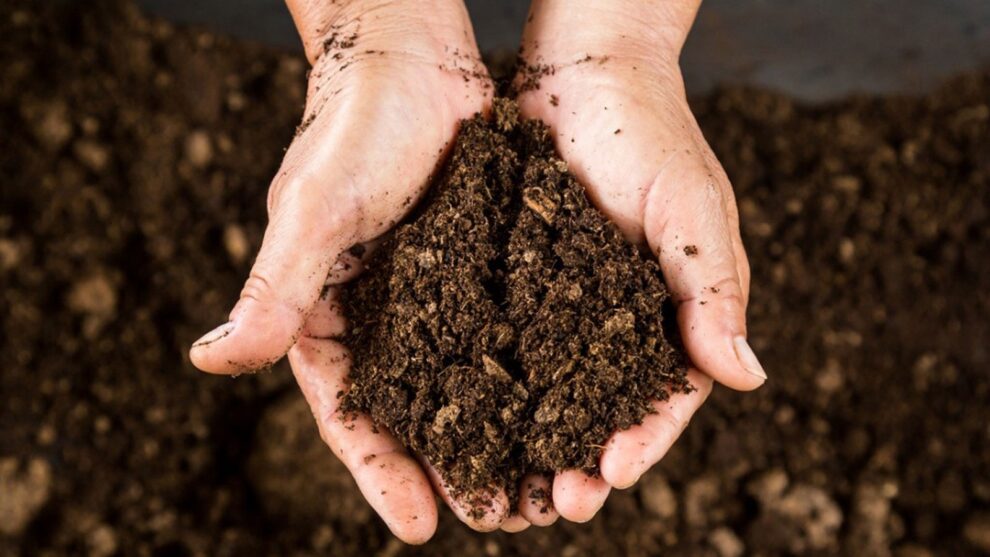Solar energy is rapidly gaining popularity as a sustainable and renewable source of power. As the demand for solar installations continues to grow, it is crucial to consider the importance of soil conditions in the design of solar foundations.
The stability and durability of solar structures heavily depend on the characteristics of the soil on which they are built. In this article, we will explore why soil conditions play a vital role in solar foundation design and how they can impact the overall performance of solar installations.
Understanding Soil Properties
Soil is not a homogeneous substance; it varies in composition, density, moisture content, and other properties. Different soil types, such as clay, silt, sand, or loam, have distinct characteristics that can affect the behavior of solar foundations.
For example, clay soils tend to expand and contract with changes in moisture levels, which can lead to soil movement and potential damage to the foundation. Similarly, sandy soils may have poor load-bearing capacity, requiring additional measures to ensure stability.
Bearing Capacity and Load Distribution
The bearing capacity of soil refers to its ability to support the weight of a structure. Solar foundations need to be designed to distribute the loads of the solar panels evenly across the soil to prevent excessive settlement or failure.
If the soil has a low bearing capacity, it may not be able to support the weight of the solar installation, leading to structural problems. Therefore, a geotechnical assessment is essential to determine the appropriate foundation design and ensure that the soil can withstand the imposed loads.
Soil Settling and Foundation Stability
Soil settling is another important consideration in solar foundation design. Over time, certain soils may undergo settlement due to compression, consolidation, or natural processes. This settlement can cause unevenness in the foundation, leading to misalignment of solar panels and reduced energy output.
By understanding the soil conditions and predicting potential settling patterns, engineers can design appropriate foundation systems that minimize the risk of differential settlement and maintain the stability of the solar installation.
Soil Moisture Content and Erosion
The moisture content of soil plays a significant role in its strength and stability. Excessive moisture can weaken the soil, reducing its load-bearing capacity and potentially causing foundation instability. On the other hand, overly dry soil may result in shrinkage and cracking, leading to structural problems.
Moreover, soil erosion can occur when water flow washes away soil particles, potentially undermining the foundation’s integrity. Evaluating soil moisture conditions and implementing suitable drainage measures are crucial for maintaining the long-term stability and performance of solar foundations.
Environmental Considerations
Solar installations are often exposed to various environmental factors such as temperature fluctuations, freeze-thaw cycles, and seismic activity. These factors can further impact the behavior of the underlying soil.
For example, freeze-thaw cycles can cause soil expansion and contraction, affecting the stability of the foundation. Understanding the specific environmental conditions of the site and their interaction with the soil is essential for designing robust and resilient solar foundations.
Soil conditions are of paramount importance in solar foundation design. A thorough understanding of soil properties, bearing capacity, settlement behavior, moisture content, and environmental considerations is crucial for designing stable and durable solar installations.
By conducting geotechnical engineering assessments and incorporating appropriate engineering measures, such as soil stabilization techniques or suitable foundation designs, the risks associated with soil variability can be mitigated, ensuring the long-term success and performance of solar energy projects.












